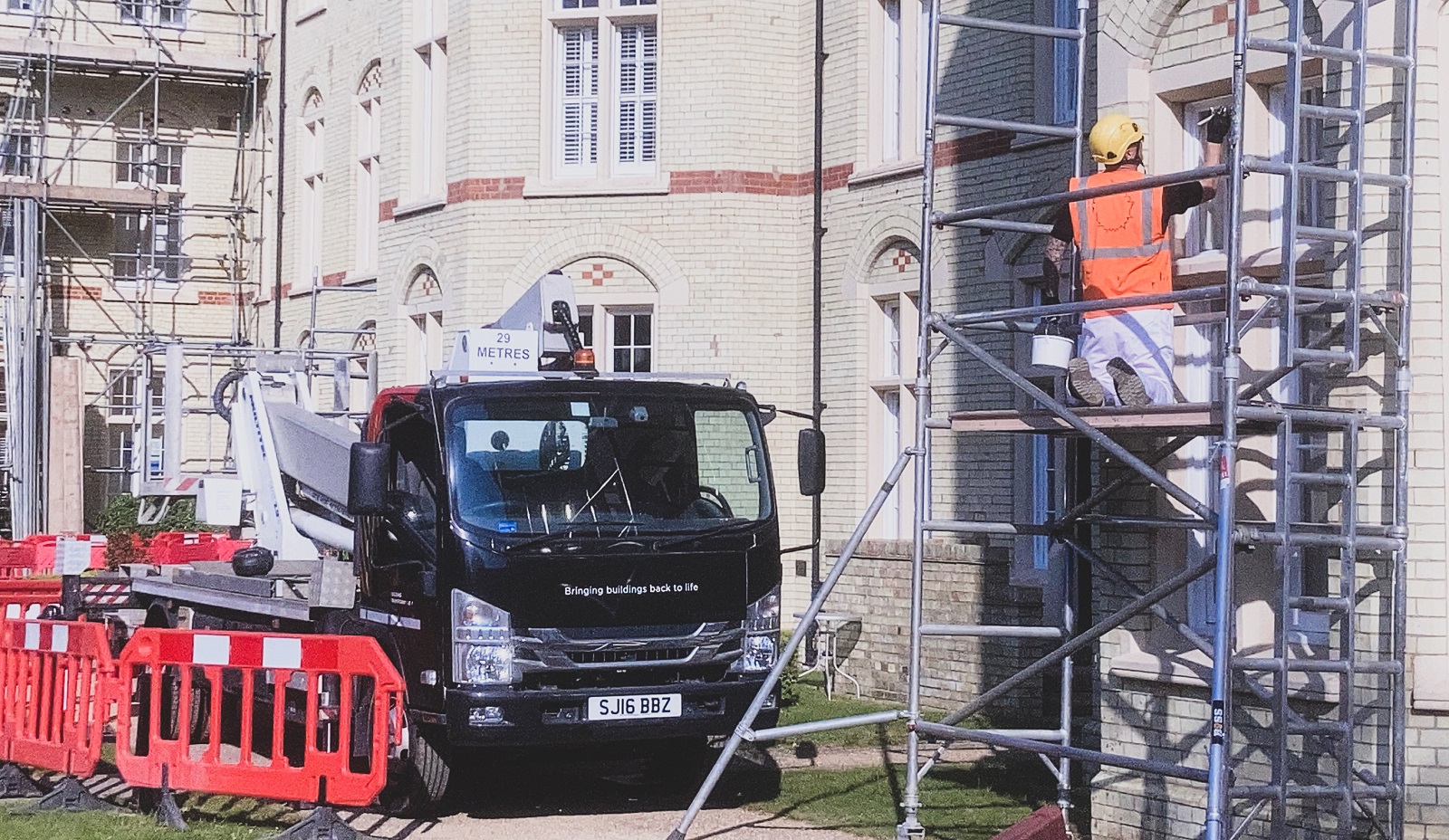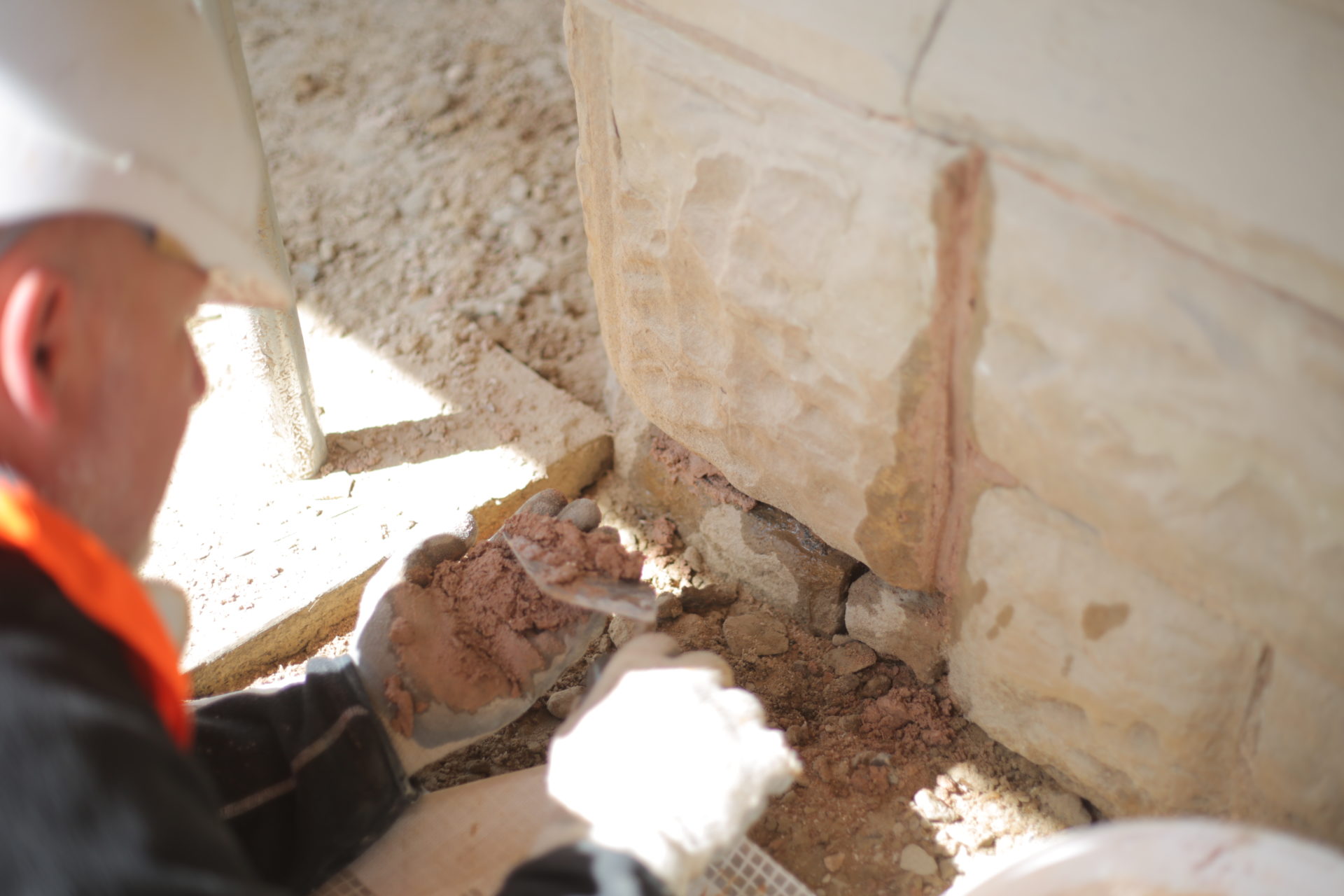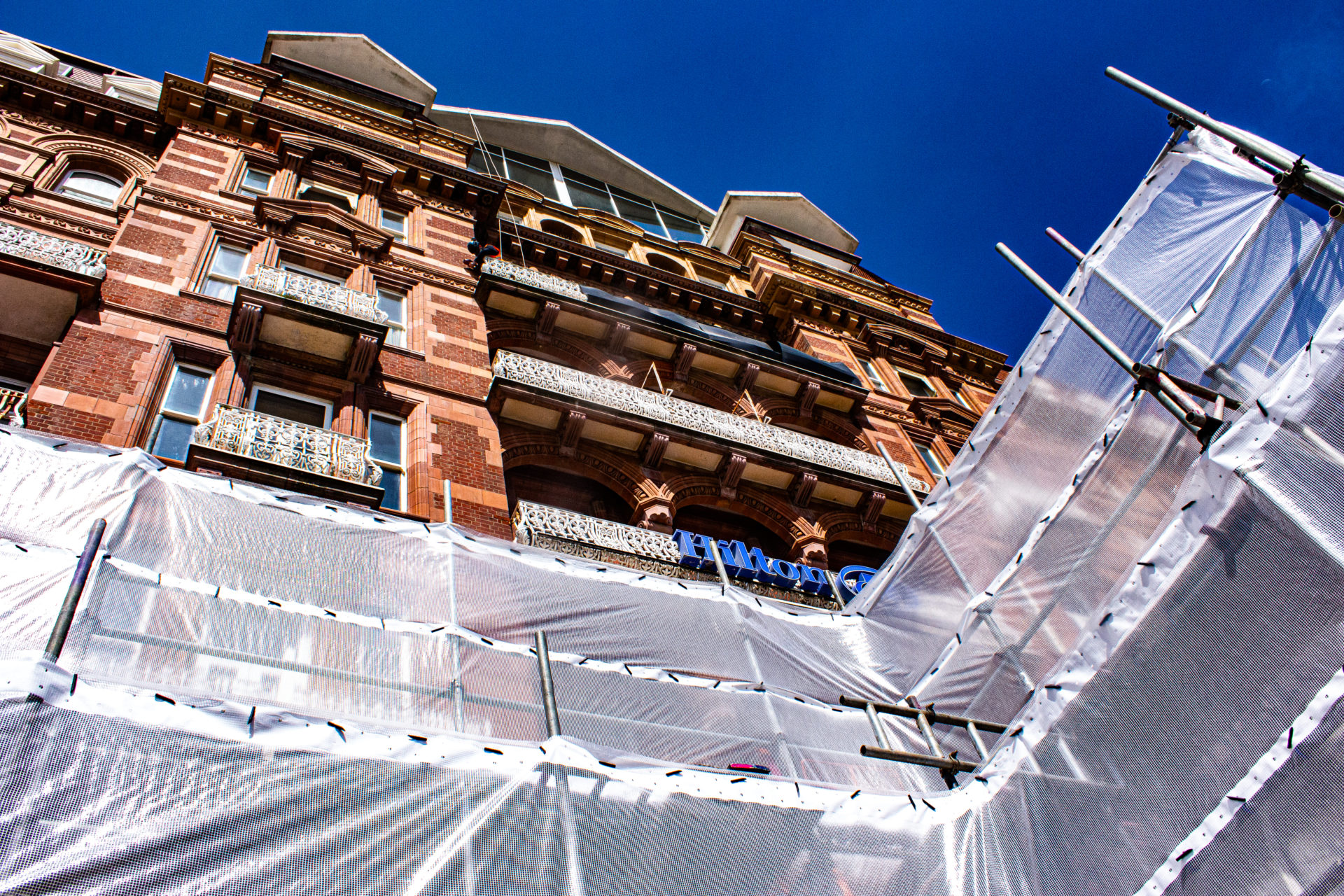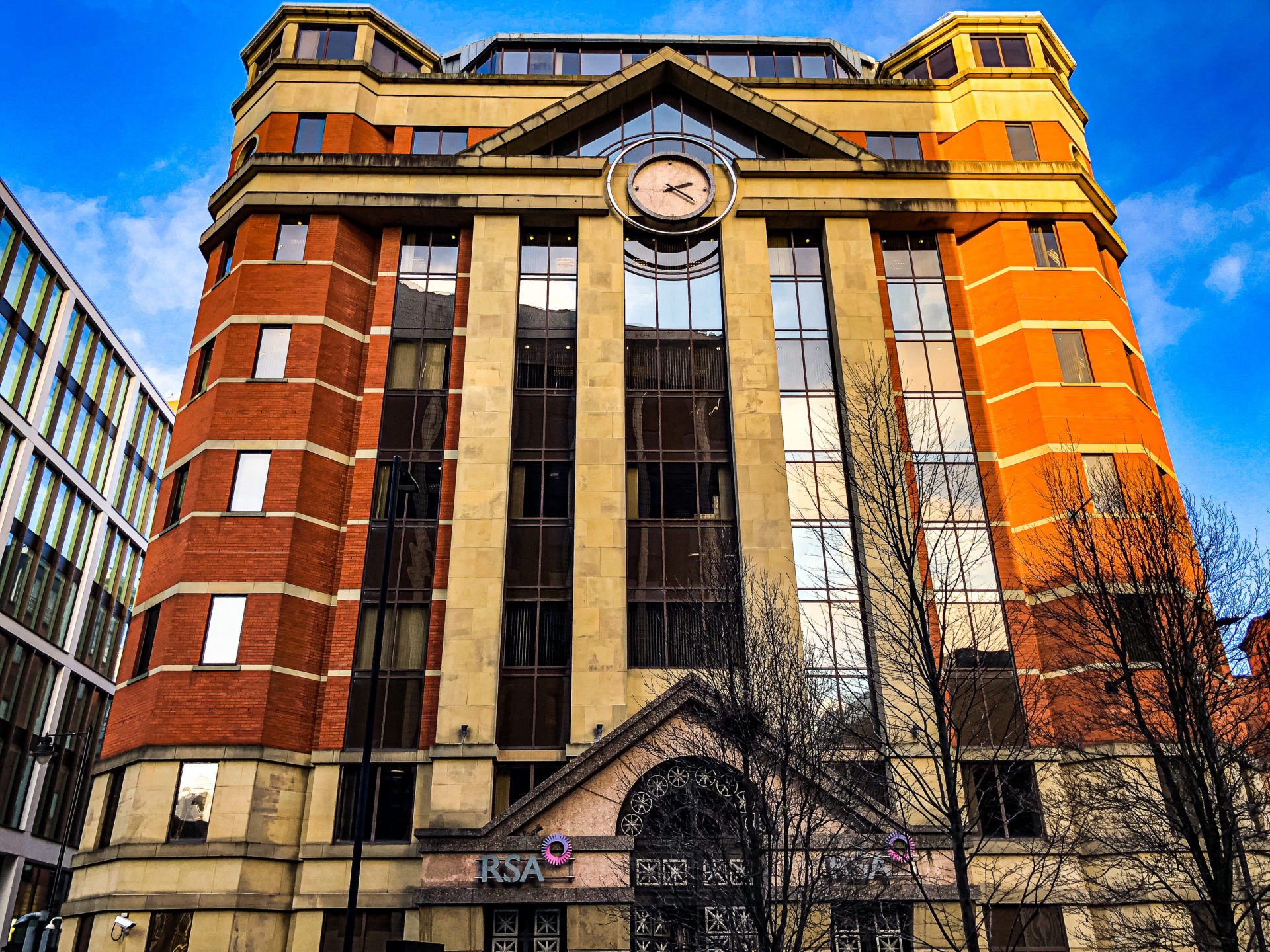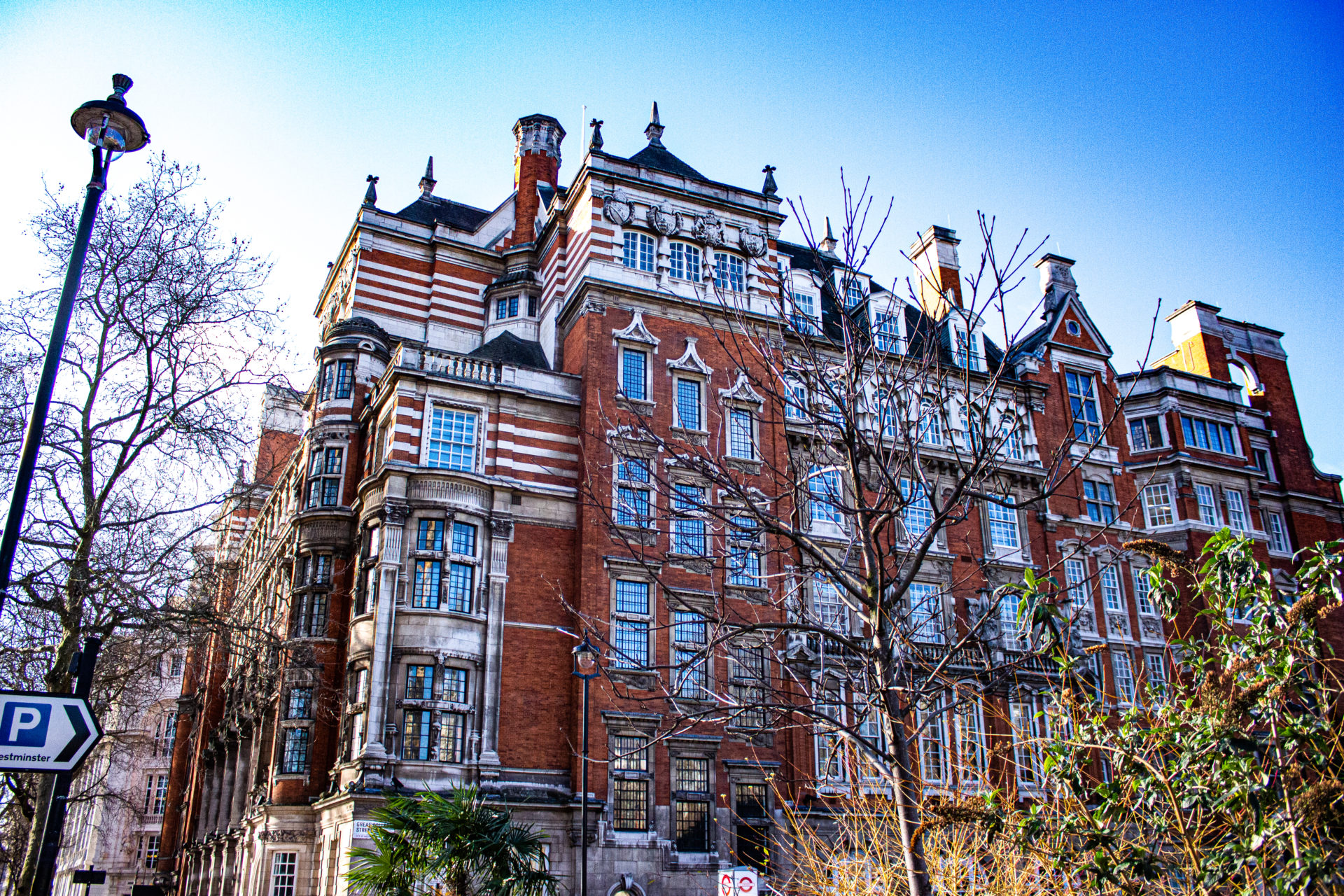Heritage buildings provide a visual reminder of our cultural heritage and our area’s history. Restoring these heritage buildings preserves that all-important history and ensure it’s never forgotten. But these are increasingly becoming endangered buildings due to extreme weather, fluctuating temperatures, pollution and just general wear and tear can really take a toll on the delicate fabric of these structures.
Preserving old buildings is no small undertaking and is often full of unexpected challenges. It requires a delicate balance between preserving its history and maintaining the required updates to secure its future. So, with that in mind, what do you need to consider when restoring a heritage building?
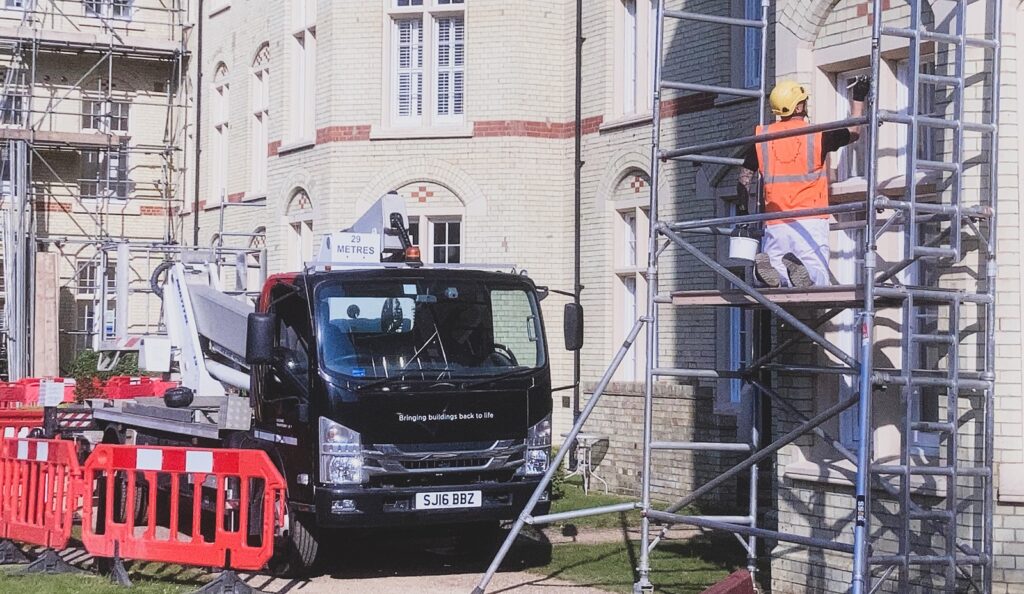
What is restoration?
Historic England describes heritage building renovation as when a building is returned to a known earlier date. It is the process of accurately recreating the character, features, and structure as it would have been at a particular time. Restoration reverses any decay or modern alterations made to the building over time. It can provide an opportunity to reinstate any missing historical elements of the building, providing there’s satisfactory evidence that a replacement is required.
Do you need consent?
Before you begin any restoration work, you need to determine whether the building or at least part of it is on the National Heritage List. If the building is listed, it is subject to the statutory planning system. You will need listed building consent before you can make any alternations to it, even if you intend to restore the building to its former glory.
Will you be adding modern amenities?
Restoration aims to reach a high level of authenticity and replicate techniques and materials as closely as possible. Any modern features added to the building such as alarm systems, climate controls or updated utilities should be concealed so that they don’t undermine the historic character of the building. You also need to ensure that any changes made to the building are sympathetic to the original design and character and work around this historic fabric of the building to avoid damaging any character-defining finishes and features.
Which restoration methods and materials will you use?
Modern building renovation methods are fast and efficient. But when you are preserving a building’s integrity, history and character, you need to consider using more traditional methods, materials and listed building cleaning processes. While your priority is to retain as much of the original building as possible, sometimes you may have to repair and replace a damaged part of the building’s façade or roof.
If the building is listed, then you are subject to these very precise guidelines. But even if it isn’t listed, you should still focus on ensuring any replacement or alteration made to the building’s façade or roof matches its original design, texture, colour and materials as closely as possible. If substituting materials is simply unavoidable, you must ensure they convey the same overall appearance and document any such changes.
Get expert advice
Restoring a heritage building is no small task. Getting advice from professionals experienced in heritage building restorations will ensure that you preserve the building’s important heritage in the best way possible. A good place to start is by contacting Historic England, your local conservation officer or local authority planning officer and Building Transformation. They can offer valuable advice on heritage building and renovation, from sourcing materials to stone restoration.
Our team at Building Transformation have extensive experience working with historic and heritage buildings across the UK. Our approach to façade restoration, cleaning and roof repairs combines traditional and modern techniques that deliver fantastic results that respect the complexities of a heritage building.
To find out how we can help you on your heritage building restoration project, call our team today on 01234 589807.


